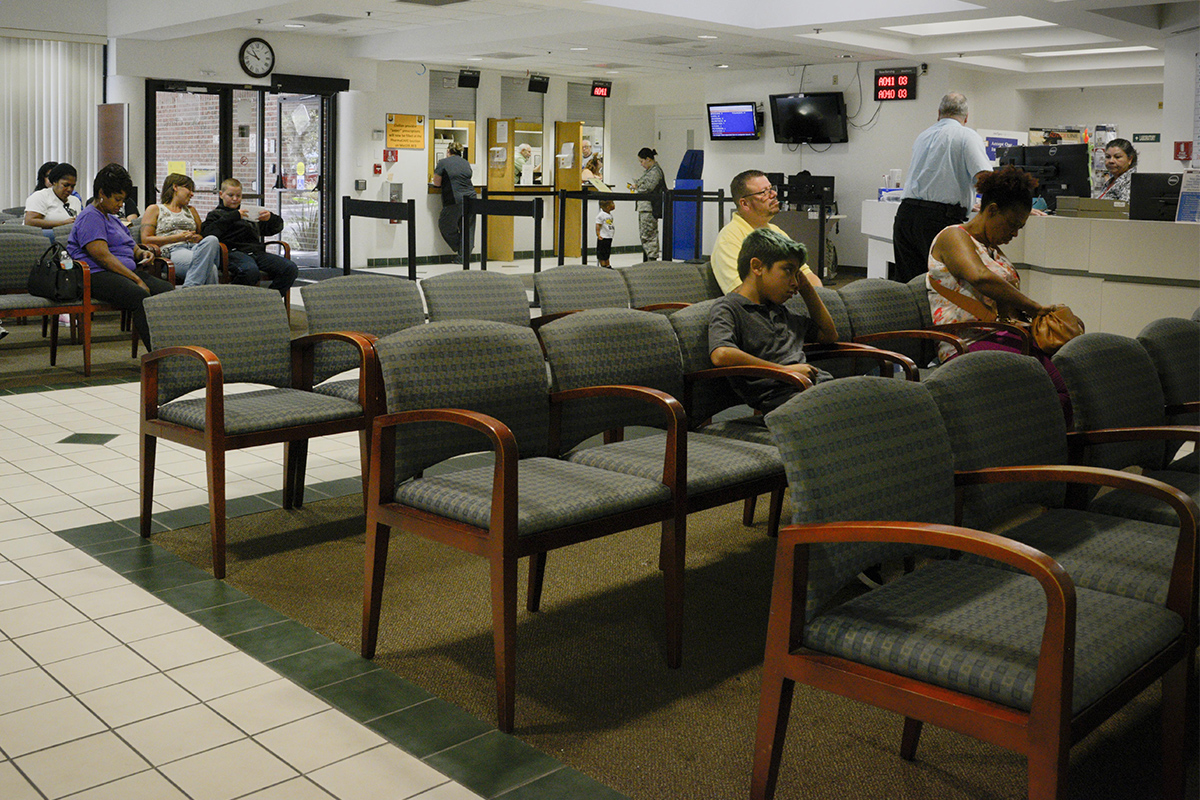Cover Story | Site Neutrality: What Does It Mean to My Service Line?

Hospital systems are facing significant challenges today as payers institute site neutrality policies to ensure the same payment regardless of where services are rendered.
In this Cardiovascular Summit plenary session, moderated by ACC and MedAxiom CEO Tim Attebery, DSc, MBA, FACHE; Summit Co-Director Howard "Bo" Walpole, MD, MBA, FACC; Summit Co-Director Cathleen Biga, RN, MSN, FACC, and Joel Porter of the law firm Maynard, Cooper & Gale, P.C., in Birmingham, AL, highlighted the changes coming with these policies and their impact on hospitals and physicians.
The push for site neutrality has been a long-standing issue. However, Section 603 of the Bipartisan Budget Act of 2015 (BBA) led to renewed interest.
The regulation allows only on-campus, provider-based hospital departments (within 250 yards of the hospital), or off-campus, provider-based departments that billed under Outpatient Prospective Payment System (OPPS) final rule before Nov. 2, 2015 (grandfathered off-campus facilities) to receive outpatient hospital rates. It also curtails the ability of hospitals to relocate and, in some cases, expand imaging capacities.
The Centers for Medicare and Medicaid Services (CMS) implemented the BBA in 2017 by reducing payments for non-grandfathered, off-campus locations, and paying the providers under the non-excepted Medicare Fee Schedule, about 40% of the OPPS rate.
In 2019, CMS sought to impose site neutrality for patient evaluation and management in all facilities. The agency proposed phasing in the rate changes over two years, with payment 40% of OPPS rates for 2020 and beyond.
Hospital associations filed a legal challenge questioning the agency's authority to implement these payment reductions, and in September 2019 the Washington, DC, district court held that CMS exceeded its statutory authority. The agency agreed to repay hospitals who received the reduced rate during 2019.
However, the court ruling was limited to the 2019 cuts and was not broad enough to cover the 2020 cuts.
Thus, the payment cuts are still in effect and the litigation continues.
The new regulations raise several issues for hospitals, such as where to locate imaging; the impact of expanding or adding new services; effects on patients; and the potential impact on physician compensation.
From the physician perspective, however, patients can receive less expensive, same quality, convenient services in diverse settings.
In other words, site neutrality "levels" the playing field and could eliminate the incentive for hospitals to acquire physician office-based practices solely to bill at a higher reimbursement rate.
Hospitals often cite the need for their outpatient departments to focus on higher-risk patients and provide a higher quality of care as primary reasons to keep the differential payments.
However, if site neutrality was implemented, it could threaten access to outpatient care, particularly in rural and vulnerable communities, and reducing outpatient department revenue may lead to increases in other hospital-based services.

Keywords: ACC Publications, Cardiology Magazine, Quality of Health Care, Prospective Payment System, Hospital Departments, Ambulatory Care, Medicaid, Centers for Medicare and Medicaid Services, U.S., Outpatients, Medicare
< Back to Listings

